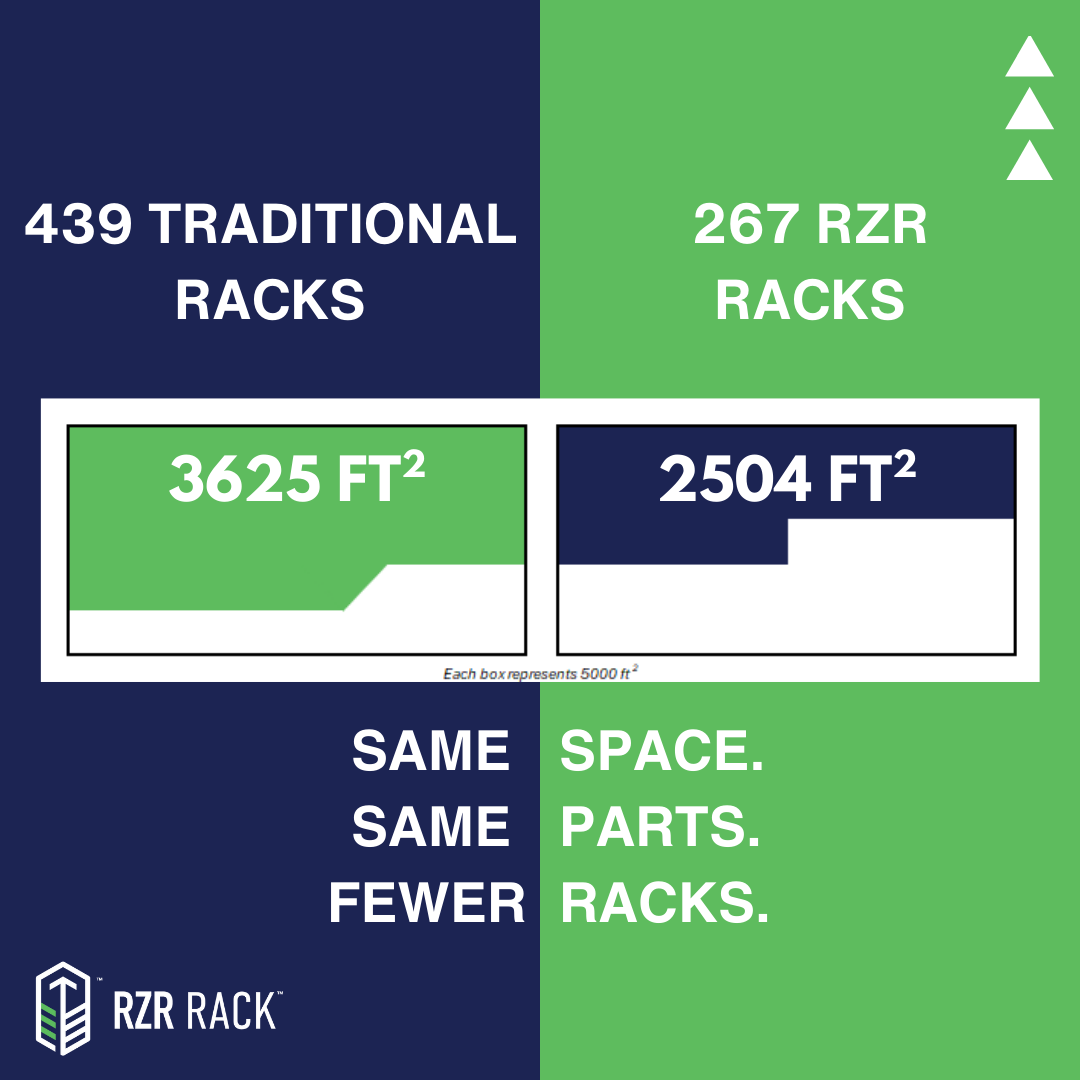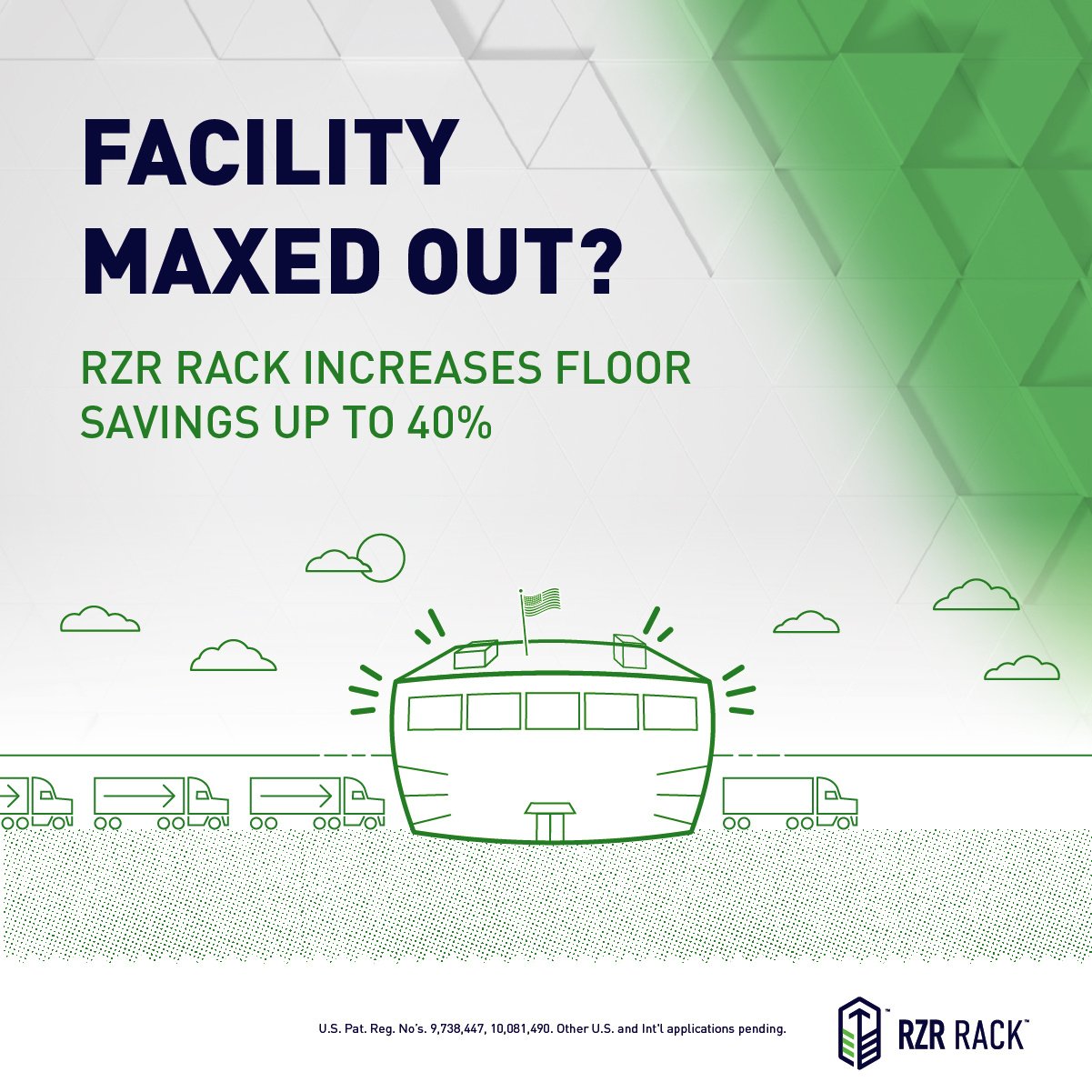In the manufacturing world, efficiency is everything. When material flow is optimized, operations run smoothly, costs are minimized, and products move seamlessly through the production process. However, when material flow is disrupted or poorly managed, it can lead to a cascade of issues that impact both safety and profitability.
Many manufacturers face significant challenges related to material flow and safety, often stemming from outdated practices or a reluctance to innovate. Forklifts zigzagging through crowded spaces, poorly designed packaging that hinders movement, and inefficient workflows are just a few of the factors that can contribute to a less-than-ideal working environment.
In this blog post, we'll explore the common material flow and safety issues in manufacturing and discuss why addressing these problems is critical to the success of your operation.
The Impact of Poor Material Flow
Poor material flow can have a range of negative effects on manufacturing operations, including:
-
Increased Downtime: When materials don't flow smoothly through the production process, downtime can skyrocket. This can result from bottlenecks, delays in material handling, or the need to correct errors that occur when materials are mismanaged.
-
Higher Labor Costs: Inefficient material flow often requires additional labor to manage the movement of materials. This can lead to increased labor costs, as more workers are needed to handle the same amount of material, or workers need to work overtime to compensate for delays.
-
Product Damage and Waste: Poorly designed packaging and inefficient material handling processes can lead to increased product damage and waste. This not only impacts your bottom line but also reduces the overall quality of your products.
-
Reduced Productivity: When material flow is disrupted, productivity suffers. Workers spend more time managing materials and less time on value-added activities, leading to decreased output and lower overall efficiency.
The Safety Risks of Inefficient Material Flow
In addition to the operational challenges, poor material flow can also create significant safety risks within a manufacturing facility. These risks include:
-
Increased Risk of Accidents: When forklifts and other material handling equipment must navigate tight spaces or crowded areas, the risk of accidents increases. Collisions, tip-overs, and other incidents can result in serious injuries or even fatalities.
-
Strain and Overexertion Injuries: Inefficient material handling processes can lead to strain and overexertion injuries among workers. For example, workers may need to lift or carry heavy loads manually due to poorly designed workflows or packaging.
-
Slip, Trip, and Fall Hazards: Poor material flow can create cluttered and chaotic work environments, increasing the likelihood of slip, trip, and fall incidents. These hazards can lead to injuries that keep workers off the job and reduce overall productivity.
Why Innovation is Essential
Addressing material flow and safety issues requires more than just tweaking existing processes. It demands a commitment to innovation and a willingness to challenge the status quo. By rethinking how materials move through your facility and embracing new solutions, you can create a safer, more efficient working environment.
At Diverse Global, we believe that innovation is the key to overcoming these challenges. We're constantly exploring new ways to improve material flow, reduce safety risks, and enhance overall efficiency. Whether it's through cutting-edge packaging solutions, advanced material handling equipment, or innovative workflow designs, we're dedicated to helping manufacturers achieve their full potential.
5-Step Plan to Address Material Flow and Safety Issues in Manufacturing
-
Assess Your Current Material Flow: Conduct a thorough review of your existing material handling processes to identify bottlenecks, inefficiencies, and safety hazards.
-
Analyze Safety Data: Evaluate incident reports, injury records, and near-miss data to understand the specific safety risks associated with your current material flow.
-
Engage with Your Workforce: Gather insights from your employees about the daily challenges they face in material handling and safety, as they are often the first to spot issues.
-
Explore Innovative Solutions: Research and invest in advanced material handling equipment, ergonomic designs, and smart packaging solutions to enhance efficiency and reduce safety risks.
-
Implement and Monitor Improvements: Roll out the new solutions in phases, continuously monitor the results, and make adjustments as necessary to ensure lasting improvements in material flow and safety.
The Bottom Line
Material flow and safety are critical components of a successful manufacturing operation. By addressing inefficiencies and embracing innovation, you can reduce costs, improve productivity, and create a safer working environment for your employees.
If you're ready to take your material flow and safety to the next level, contact Diverse Global today. We're here to help you find the solutions that will make your manufacturing processes more efficient, safer, and more profitable
Call to Action
Is your material flow holding you back? Reach out to Diverse Global to explore innovative solutions that can help you overcome these challenges and drive your operation forward.


